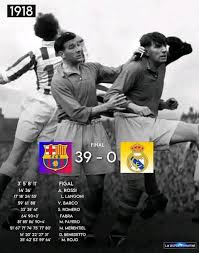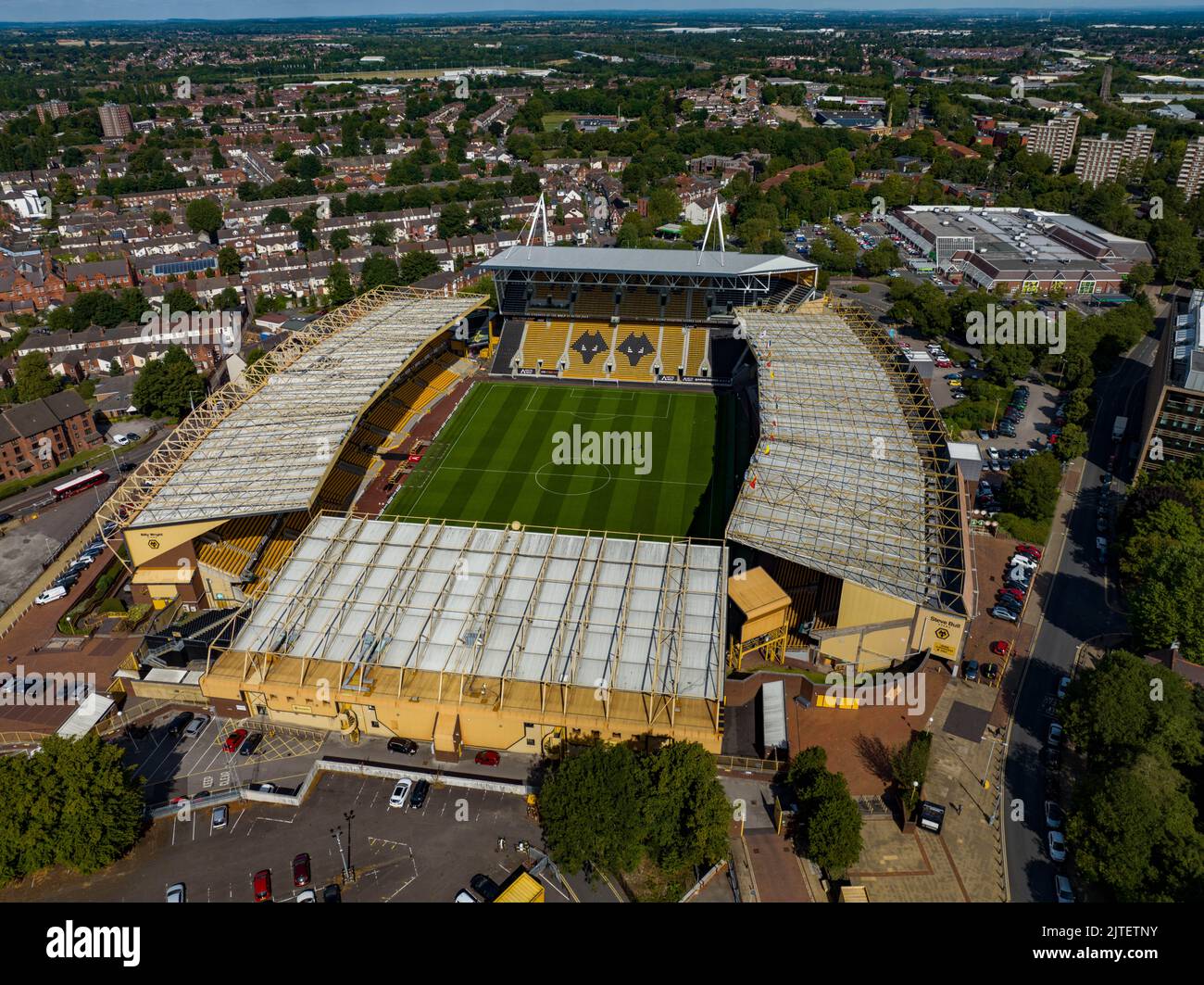
Introduction
Barcelona, the capital of Catalonia in Spain, is a city that mesmerises visitors with its blend of rich history, stunning architecture, and vibrant culture. Known for its unique Gaudí masterpieces such as the Sagrada Família and Park Güell, Barcelona remains one of the top travel destinations worldwide. With recent developments in tourism and urban planning, understanding the current state and significance of this remarkable city is essential for both tourists and residents alike.
Recent Developments
In 2023, Barcelona has continued to evolve, especially in the wake of the COVID-19 pandemic, which dramatically affected global tourism. Following a gradual recovery, the city’s tourism board reports a significant increase in international visitors, with numbers nearing pre-pandemic levels. Major attractions have implemented new health and safety measures, reassuring tourists about their well-being while exploring the city.
Additionally, local events have resumed, including the famous Festa Major de Gràcia, where residents decorate their streets with creative themes to foster community spirit. This year’s festival featured over 20 decorated streets, attracting thousands of locals and visitors alike, showcasing Barcelona’s rich tradition of cultural engagement.
Architectural Insights
Barcelona’s architecture is a significant draw for tourists. The city is renowned for its diverse styles, from Gothic to Modernisme. The ongoing construction of the Sagrada Família, a UNESCO World Heritage site, remains a focal point, with expected completion slated for 2026, marking the centenary of Antoni Gaudí’s death. Visitors are encouraged to witness the ongoing work and evolution of this iconic structure, which remains a testament to the city’s innovative artistry.
Moreover, the Catalan government is promoting a sustainable tourism model that limits overcrowding in popular areas, such as La Rambla and Park Güell, aiming to preserve local culture while accommodating visitors. By enhancing lesser-known attractions, Barcelona hopes to distribute tourist traffic more evenly across the city.
Conclusion
As we look ahead, Barcelona’s unique blend of history, architecture, and cultural activities promises to continue enchanting visitors from all over the world. With a commitment to sustainable tourism and preservation of its heritage, Barcelona stands as a model of how cities can embrace modernization while honouring their past. For anyone considering a visit, now is an exciting time to explore the city’s numerous offerings and witness the vibrant life of one of Europe’s most cherished cities.
You may also like

Exploring Monmouth: History, Attractions and Community

Exploring Wolverhampton: A Gateway to Culture and History
